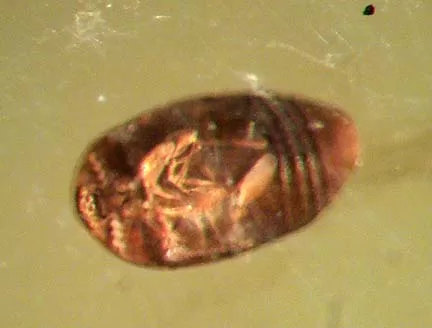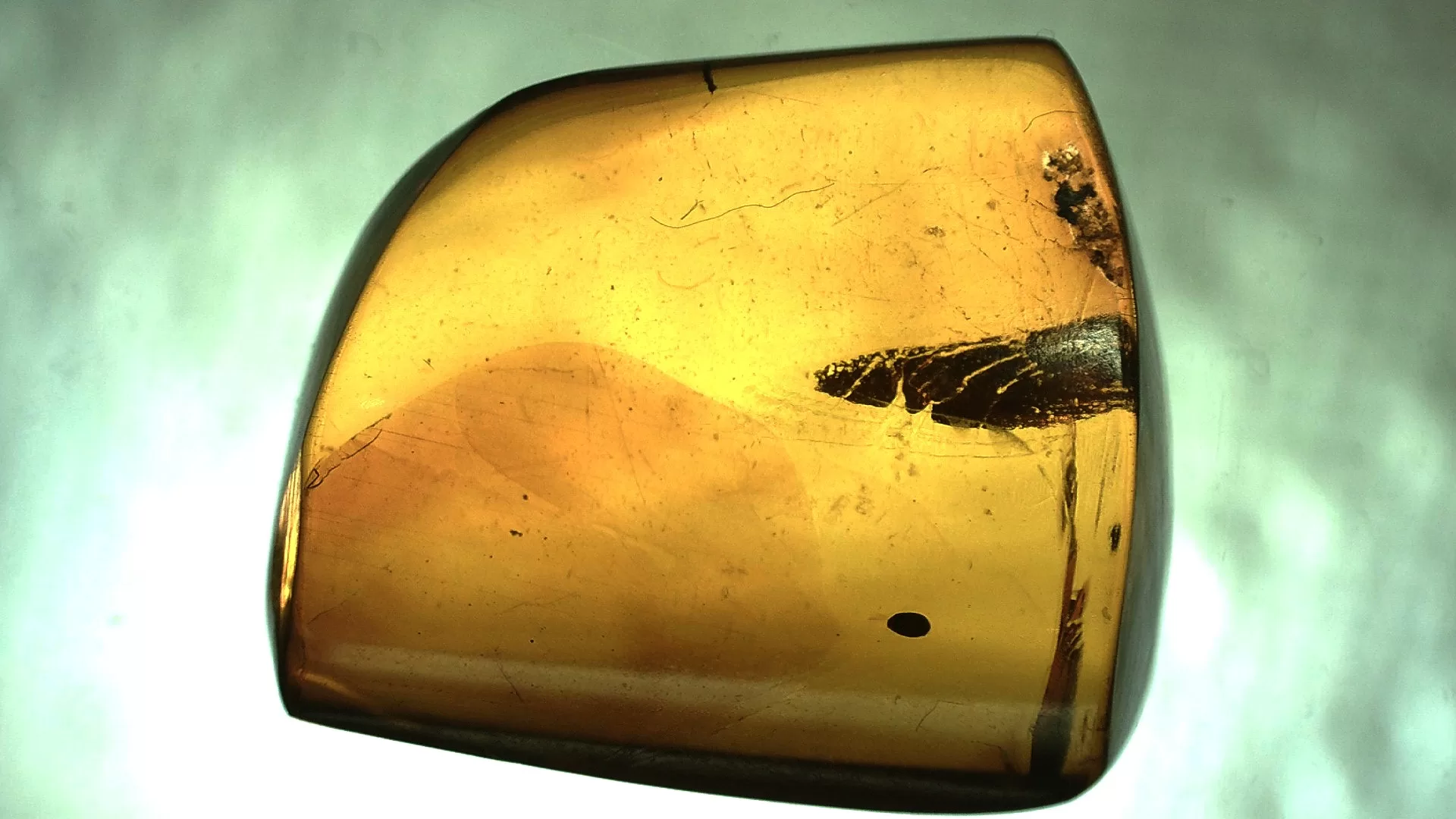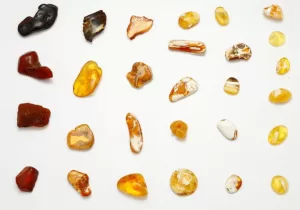Description
- Baltic Amber with Insect Inclusion
- Eocene Age (44 Million Years Old)
- Kaliningrad Mine
- Yantarny, Kaliningrad Oblast
- Russia
- This beautiful, authentic piece of Baltic Amber contains at least one insect specimen. The main specimen has been photographed through a microscope camera and you will receive the 4″ x 6″ photograph with your amber specimen. The insect(s) in this amber specimen are VERY SMALL (typically 1-3mm)!! They are nothing like what was shown in Jurassic Park movies. Flies, mosquitos, ants, gnats, etc. are what is typically found in these baltic amber specimens. I am not an entomologist and will not attempt to identify the insect(s). The amber specimen measures .85″ wide and will come in a 1.25″ Gem Jar.
- More Fossil Insects for Sale
WHERE DOES IT COME FROM?
Amber with Insects for Sale from The Baltic. The Baltic region is home to the largest known deposit of amber, called Baltic amber or succinite. It was produced sometime during the Eocene epoch, but exactly when is controversial. It has been estimated that these forests created more than 100,000 tons of amber. Today, more than 90% of the world’s amber comes from Kaliningrad Oblast of Russia. It is a major source of income for the region; the local Kaliningrad Amber Combine extracted 250 tons of it in 2014, 400 tons in 2015
WHAT IS AMBER?
It is fossilized tree resin that has been appreciated for its color and natural beauty since Neolithic times. Much valued from antiquity to the present as a gemstone, amber is made into a variety of decorative objects. It is used in jewelry and has been used as a healing agent in folk medicine. Fossil Amber is a unique preservation mode, preserving parts of organisms that would not otherwise fossilize. As such it is helpful in the reconstruction of ecosystems as well as organisms.
The chemical composition of the resin, however, is of limited utility in reconstructing the phylogenetic affinity of the resin producer. Amber sometimes contains animals or plant matter that became caught in the resin as it was secreted. Insects, spiders and even their webs, annelids, frogs, crustaceans, bacteria and amoebae, marine microfossils, wood, flowers and fruit, hair, feathers and other small organisms have been recovered in Cretaceous ambers (deposited c. 130 million years ago).







